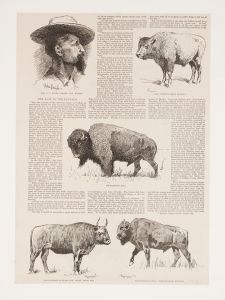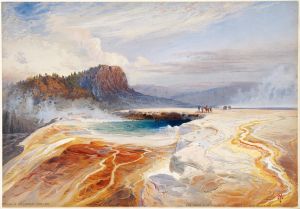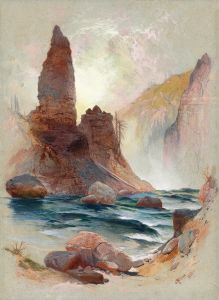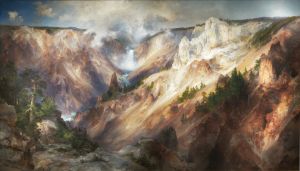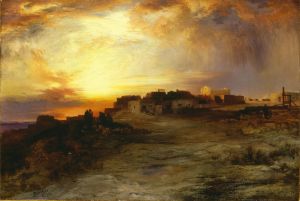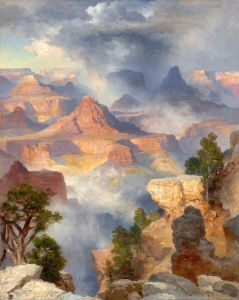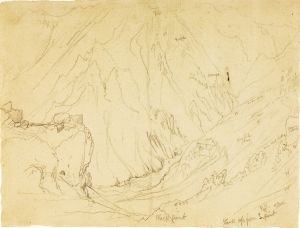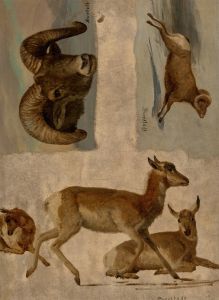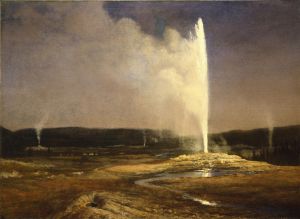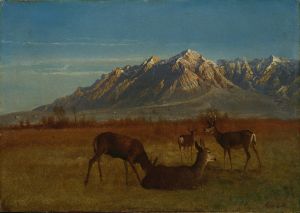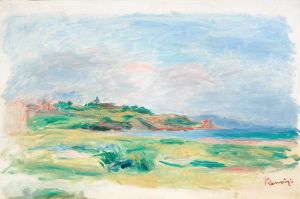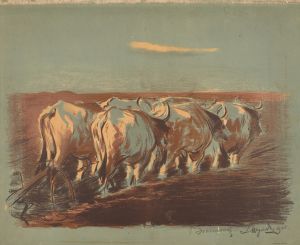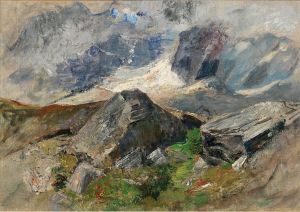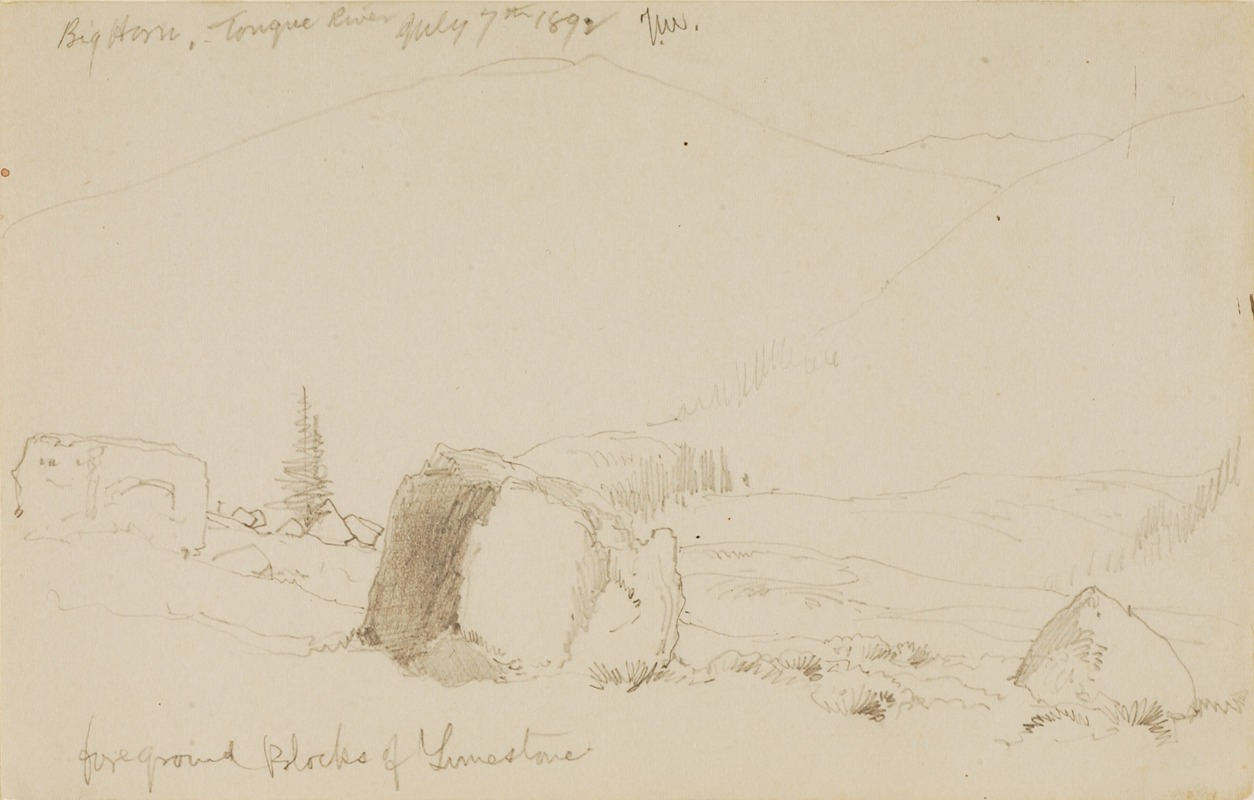
Big Horn, Tongue River
A hand-painted replica of Thomas Moran’s masterpiece Big Horn, Tongue River, meticulously crafted by professional artists to capture the true essence of the original. Each piece is created with museum-quality canvas and rare mineral pigments, carefully painted by experienced artists with delicate brushstrokes and rich, layered colors to perfectly recreate the texture of the original artwork. Unlike machine-printed reproductions, this hand-painted version brings the painting to life, infused with the artist’s emotions and skill in every stroke. Whether for personal collection or home decoration, it instantly elevates the artistic atmosphere of any space.
"Big Horn, Tongue River" is a painting by the renowned American artist Thomas Moran, known for his significant contributions to the Hudson River School and the Rocky Mountain School of landscape painting. Moran's work is celebrated for its dramatic portrayal of the American West, capturing the vastness and beauty of the landscape with a romantic and often idealized approach.
Thomas Moran was born in 1837 in Bolton, England, and emigrated to the United States with his family in 1844. He began his artistic career as an apprentice to a wood-engraver in Philadelphia, but soon turned to painting, inspired by the works of J.M.W. Turner and other European masters. Moran's fascination with the American landscape was fueled by his participation in the Hayden Geological Survey of 1871, which took him to Yellowstone, a journey that profoundly influenced his artistic direction.
"Big Horn, Tongue River" is one of Moran's many works that depict the rugged and majestic landscapes of the American West. The painting captures the essence of the Big Horn Mountains and the Tongue River, located in northern Wyoming and southern Montana. This region is characterized by its dramatic mountain ranges, expansive plains, and diverse ecosystems, making it a compelling subject for Moran's artistic exploration.
Moran's technique in "Big Horn, Tongue River" reflects his mastery of light and color, which he used to convey the grandeur and sublime beauty of the natural world. His use of vibrant colors and dynamic compositions helps to evoke the sense of awe and wonder that the American wilderness inspired in both artists and audiences of the time. Moran's landscapes often include meticulous attention to detail, capturing the intricate textures of the terrain and the play of light across the scene.
Throughout his career, Moran's work played a crucial role in shaping the perception of the American West. His paintings, along with those of his contemporaries, helped to promote the idea of the West as a place of untamed beauty and limitless potential. This vision contributed to the growing interest in westward expansion and the establishment of national parks, with Moran's depictions of Yellowstone being instrumental in its designation as the first national park in 1872.
"Big Horn, Tongue River" exemplifies Moran's ability to blend realism with romanticism, creating images that are both accurate representations of the landscape and idealized visions of nature's splendor. His work continues to be celebrated for its artistic merit and its historical significance in the context of American art and environmental conservation.
Thomas Moran's legacy endures through his paintings, which remain influential in the canon of American landscape art. His ability to capture the spirit of the American West has left a lasting impact on both the art world and the broader cultural understanding of this iconic region.





